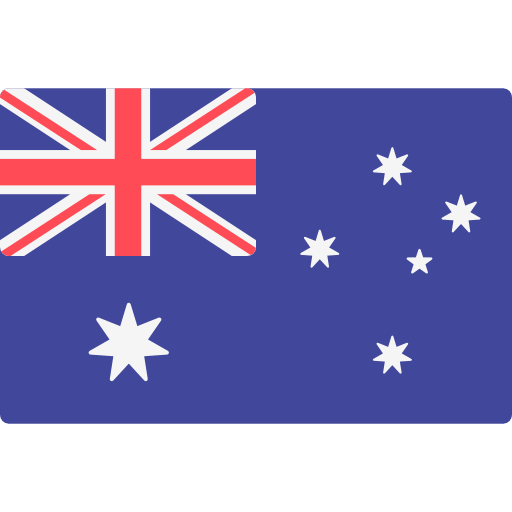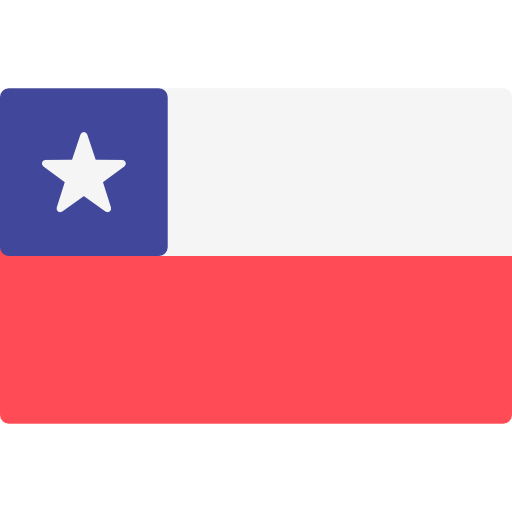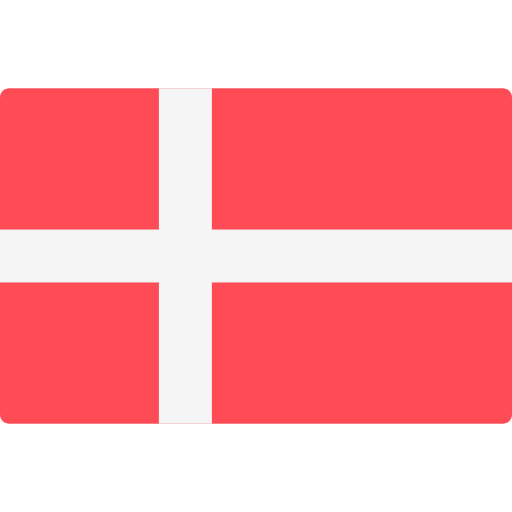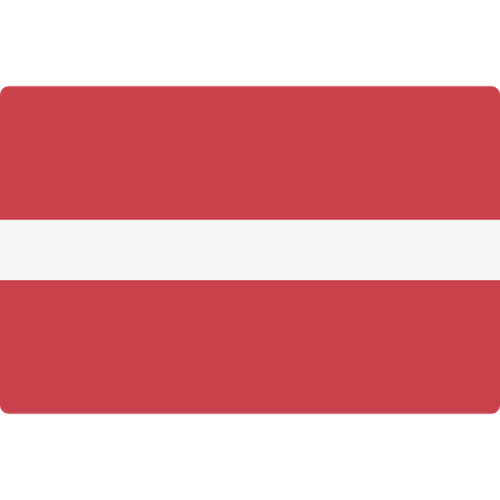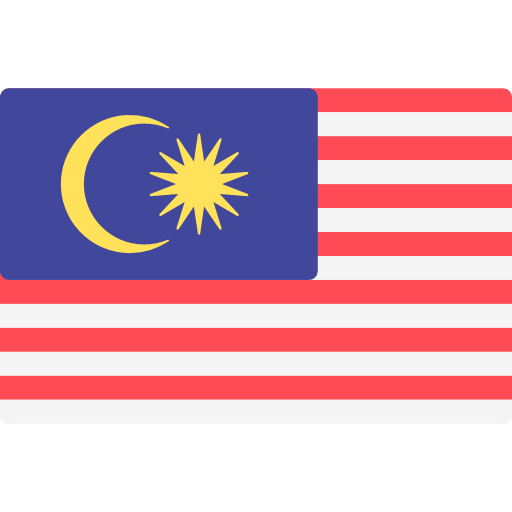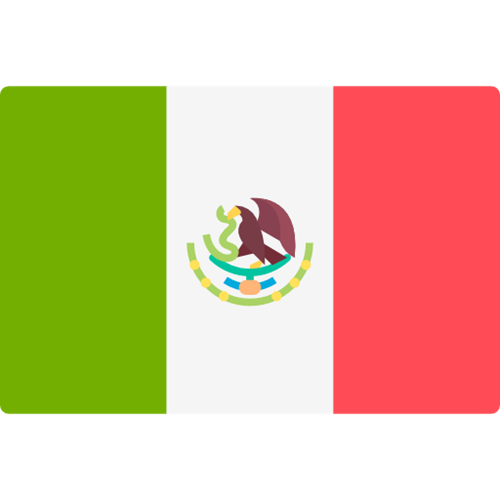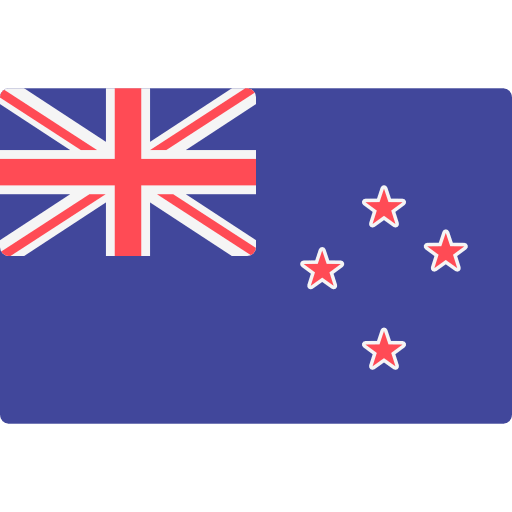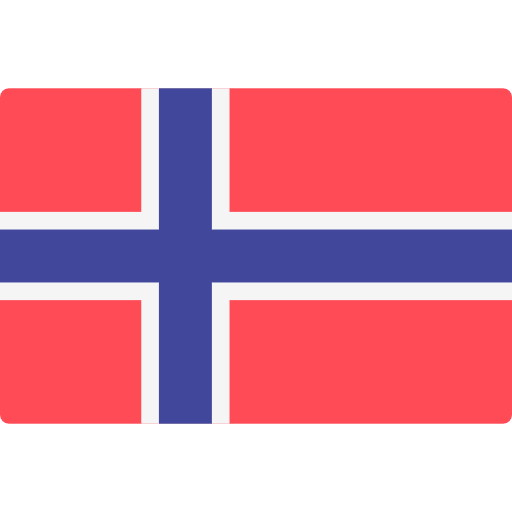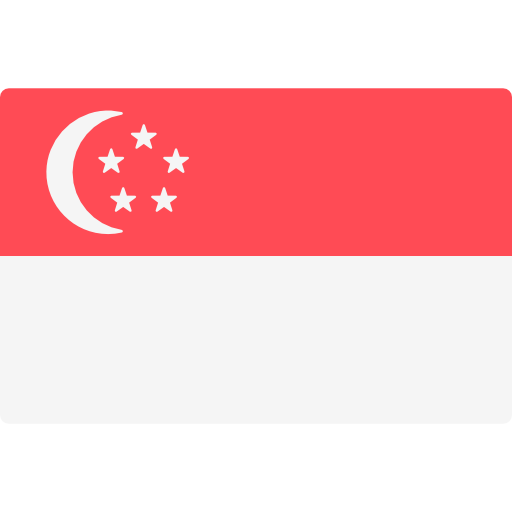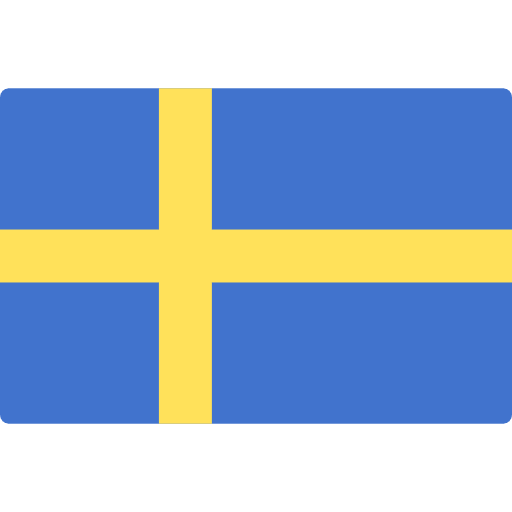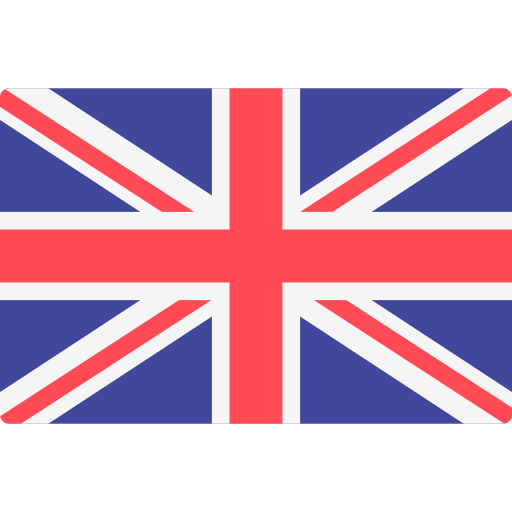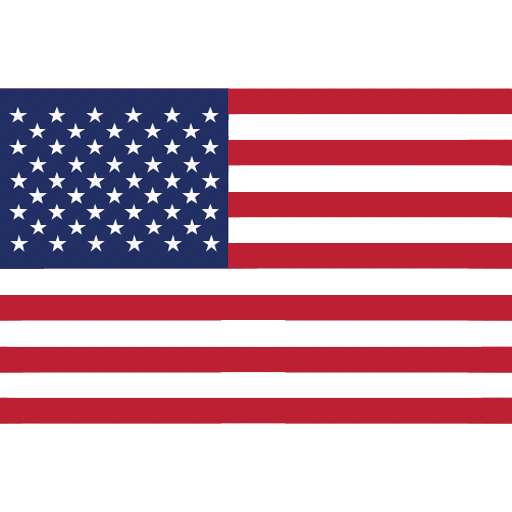Eurofins Softlines & Leather Monthly Bulletin (October 2025)


European Commission publishes new rules to reduce textile waste
On 26 September 2025, the European Commission published Directive (EU) 2025/1892, amending Directive 2008/98/EC on waste. Its aim is to significantly reduce food and textile waste across the European Union by 2030.
Under the new rules, textile producers will be responsible for the costs of collecting, sorting, and recycling their products through Extended Producer Responsibility (EPR) schemes, which each Member State must implement. They must also establish EPR systems for textiles by 17 April 2028. This obligation applies to both EU-based and non-EU companies, including those operating via e-commerce. Microenterprises will have an additional year to comply.
The covered products include clothing, footwear, accessories, blankets, curtains, and household textiles such as bedding and kitchen linens. The legislation also allows Member States to establish EPR schemes for mattresses and encourages addressing fast and ultra-fast fashion practices when defining producers’ financial contributions.
Other specific obligations include:
- Producers must register in a national system and may operate through Producer Responsibility Organisations (PROs).
- Priority will be given to local reuse and fibre-to-fibre recycling.
- Fee modulation: Producer fees will be adjusted based on eco-design criteria such as durability, reparability, and recyclability.
- Fast and ultra-fast fashion practices may be penalised.
Member States will have 20 months to transpose the new rules into national law. The directive enters into force on 16 October 2025.
Environmental cost for textiles in France
On 9 September 2025, the French government published requirements related to the environmental cost of textiles. The official texts are:
- Decree No. 2025-957 of 6 September 2025, relating to the methods for calculating and communicating the environmental cost of textile products.
- Order of 6 September 2025, relating to the signage and methodology for calculating the environmental cost of textile clothing products, and the methods for calculating and communicating the environmental cost of clothing products.
The decree and order regulate the display of environmental costs for textile products, specifically clothing. Second-hand products are excluded from the scope of these official texts.
Although the environmental cost is regulated, calculating it remains voluntary for brands. From 1 October 2025, brands will be able to display numerical information on the clothing they sell, reflecting the environmental impact of these products. From 1 October 2026, if a textile brand has not published its own environmental score, third parties, such as retailers, NGOs, or other external organisations, will be permitted to calculate and publicly disclose the environmental cost of the brand’s products without prior approval from the brand.
Legislative offensive against ultra-fast fashion to protect the environment
On 4 September 2025, the French Economic and Financial Ministries notified a bill to the World Trade Organization under reference G/TBT/N/FRA/236, aimed at reducing the environmental impact of the textile industry.
The legislative initiative seeks to regulate industrial and commercial practices that shorten the lifespan of products such as clothing, footwear, and household textiles, excluding furniture items and their decorative or protective textiles. Among the most notable measures is the legal definition of ultra-fast fashion, along with a requirement for online sales platforms to inform consumers about the environmental impact of these products.
Additionally, the bill bans the use of the term “free” as a marketing tool and requires the disclosure of the geographical origin of products, displayed near the price, to enhance transparency.
The law also introduces tax restrictions for ultra-fast fashion producers, who will no longer be eligible for certain deductions. Under the Extended Producer Responsibility (EPR) framework, the bill sets variable contributions based on product durability, with penalties increasing progressively until 2030.
Another key measure is the ban on advertising for ultra-fast fashion products and brands, including influencer promotions. The bill also proposes a tax on small parcels originating from outside the European Union, aiming to curb the influx of low-cost products.
With this legislation, France aims to reduce impulsive consumption, promote product durability and align with its climate commitments—setting a precedent in the fight against fast fashion.
Denmark bans sale of clothing and footwear containing PFAS from 2026
On 1 July 2025, Executive Order No. 464 of 2 May 2025 came into effect, introducing a nationwide ban on the import and sale of clothing, footwear, and certain water-repellent products containing PFAS (per- and polyfluoroalkyl substances).
Under the new regulation, products containing 50 mg or more of total fluorine per kilogram will be prohibited from being sold or imported, including by private individuals for personal use.
Key Exemptions:
- Reused or recycled clothing and footwear
- Personal protective equipment (PPE) regulated under EU Regulation 2016/425
- PPE where PFAS are essential for safety functions
- Medical products
- Goods in transit
- Products where fluorine originates from substances that are not PFAS (with supporting documentation)
Implementation timeline:
- 1 July 2026 – Ban becomes effective
- 1 January 2027 – Deadline for selling existing stock
Illinois regulates PFAS in various consumer products
In August 2025, the state of Illinois signed House Bill 2516 into law, amending the state’s PFAS Reduction Act and significantly expanding the list of consumer goods subject to PFAS restrictions.
The new law prohibits the sale, distribution, or offering for sale of certain consumer goods containing intentionally added PFAS, beginning 1 January 2032.
Covered product categories include:
- Cosmetics
- Dental floss
- Juvenile products
- Menstrual products
- Intimate apparel
The law defines PFAS as a class of fluorinated organic chemicals containing at least one fully fluorinated carbon atom.
The table below summarises some recent ASTM standards updates:
|
Reference |
Title |
|
Standard Test Method for Flammability of Apparel Textiles |
|
|
Standard Test Methods for Tensile Testing of Aramid Yarns |
Below you will find a monthly summary of product recalls and alerts in Europe (Source: “Safety Gate (RAPEX)”) and the United States (Source: “CPSC”).
Safety Gate (RAPEX) (European Commission Rapid Alert System for dangerous non-food products – Alerts reported by EU national authorities)
The following 11 alerts regarding clothing, textile, and fashion items were reported between week 32 and week 35 of 2025.
|
Type of Risk |
Number of alerts |
Notes |
|
Chemical |
3 |
Sandals The plastic material of the sandals has an excessive concentration of dibutyl phthalate (DBP) and bis(2-ethylhexyl) phthalate (DEHP). The product does not comply with the REACH Regulation. |
|
1 |
Slippers The plastic of the product has an excessive concentration of polycyclic aromatic hydrocarbons (PAHs), notably Dibenzo[a,h]anthracene (DBAhA). The product does not comply with the REACH Regulation. |
|
|
1 |
Wallet The leather in the product contains chromium VI. The product does not comply with the REACH Regulation. |
|
|
Choking |
1 |
Children’s sandals Small parts can easily detach (sandal buttons). The product does not comply with the Toy Safety Directive or EN 71-1. |
|
1 |
Baby’s clothing set The small decorative elements (beads) of the garment can be easily detached, creating small parts. The product does not comply with the General Product Safety Regulation. |
|
|
Choking, Injuries |
1 |
Children’s jacket Small parts can easily detach (zipper pull). The product does not comply with the Toy Safety Directive or EN 71-1. |
|
Environment |
1 |
Beanie The solders in the product have an excessive concentration of lead. The product does not comply with the Directive on the restriction of the use of certain hazardous substances in electrical and electronic equipment (RoHS 2 Directive). |
|
Strangulation |
1 |
Children's clothing set The product has long functional cords with free ends in the neck area. These cords can become trapped during various activities of a child. The product does not comply with the General Product Safety Regulation or EN 14682. |
|
1 |
Children's hoodie The product has long drawstrings with free ends in the neck area. These drawstrings can become trapped during various activities of a child. The product does not comply with the General Product Safety Regulation or EN 14682. |
From 28 August 2025 to 25 September 2025, the CPSC (Consumer Product Safety Commission) published the following recalls: 1 recall of textile & leather products
|
Hazard |
Number of alerts |
Notes |
|
Burn |
1 |
Children’s pyjamas The recalled children’s pyjama sets violate mandatory standards for children’s sleepwear flammability, posing a risk of burn injuries to children. |

